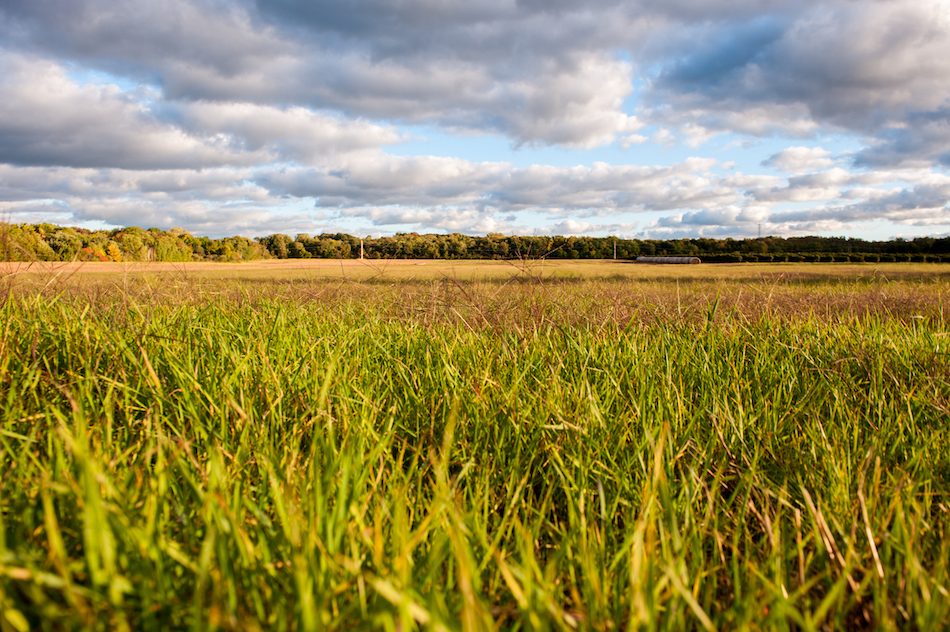Although “the economics are marginal,” that's not a reason to avoid growing winter cereal grain cover crops and other forages after the harvest of corn silage, according to Kevin Shelley, a University of Wisconsin nutrient and pest management program specialist who serves counties in the south central part of the state.
Based on input from farmers in Dane and Brown counties, Shelley provided estimates for Calumet County on production costs and returns – values based on the potential for producing milk, meat, and livestock growth – for growing those forages.
Economic calculations
In his calculations, Shelley compared a four-year average for alfalfa production with corn silage both after previous corn and cereal rye. A major factor in the bottom line economics was the difference in ryelage yield – 1, 2, or 3 dry matter tons per acre – for ryelage grown after corn silage, he emphasized.
A minimum of about two tons of dry matter yield for the ryelage is necessary to achieve a profitable return per acre, Shelley stressed. Based on recent prices, he put the values of good quality ryelage at $160 per dry matter ton and corn silage at $100 per ton.
For the Calumet County estimate, Shelley did not include land costs and crop insurance in the table of expenses. Without those, he calculated estimated net returns per acre of $187 for ryelage yielding three tons per acre, $199 for the corn silage after previous corn, $147 for corn silage after rye, and $276 for the alfalfa in a four-year rotation.
Beyond economics
While the economics might not always prove to be favorable, there are multiple other reasons to have fields that are “green and growing during most of the year,” Shelley stressed. He listed reduction of soil erosion, protection of water quality, improvements in soil health, and good relations with neighbors for nurturing “a social license to farm.”
For good odds to achieve a minimum yield of two dry matter tons per acre, use good quality seed, plant the cover crop by no later than the 3rd week of September at a depth of ½ to 1 inch, apply manure later in order to meet that timetable, and be aware of any herbicide restrictions from the previous crop, Shelley stated.
Harvest the forage at boot stage to assure top quality if it's going to be fed to milking cows, adjust the cutting height to avoid ash contamination, lay wide windrows, don't chop or ensile until moisture drops below 70 percent, and don't feed to dry cows or close-up heifers because of the possibility of a high portion of potassium in the forage, Shelly pointed out.
In the spring, “one thing I would hesitate to do is planting green – planting into standing rye,” Shelley advised. On whether on harvest or terminate a forage cover crop, for which barley and spelt are other candidates, consider the upcoming forage needs, alfalfa winterkill, weather patterns, and time and labor demands at the moment, he suggested.
When planting corn after a cereal rye or triticale harvest, do so quickly at a depth of 2 inches either no-till or vertical till, select a hybrid with 8 to 10 days less relative maturity than normally planted at the date, realize that an early nitrogen application might be necessary, and watch for pests that might linger after infesting the forage, Shelley indicated. If terminating the forage crop, he noted, be sure to observe the applicable Natural Resource Conservation Service rules for having crop insurance on the following crop.





Post a comment
Report Abusive Comment